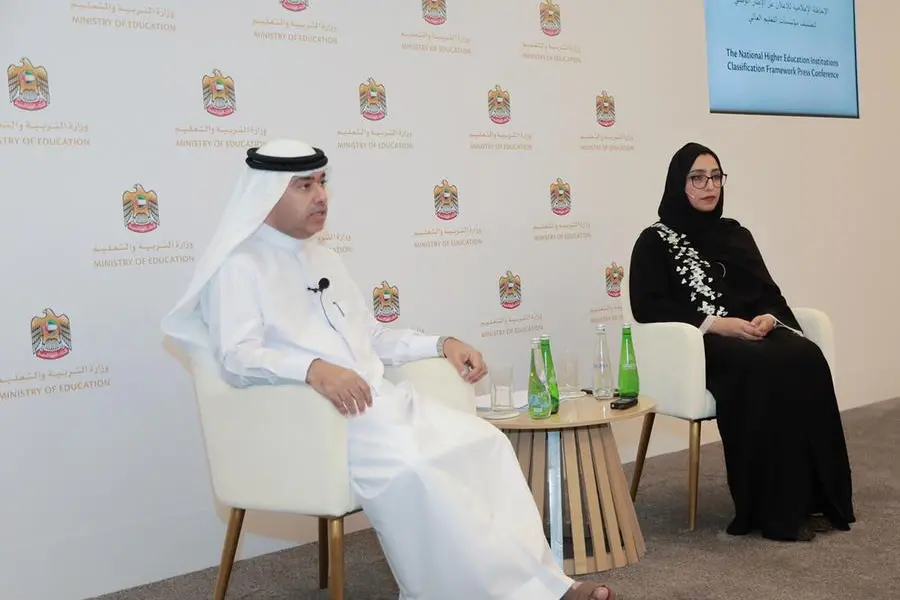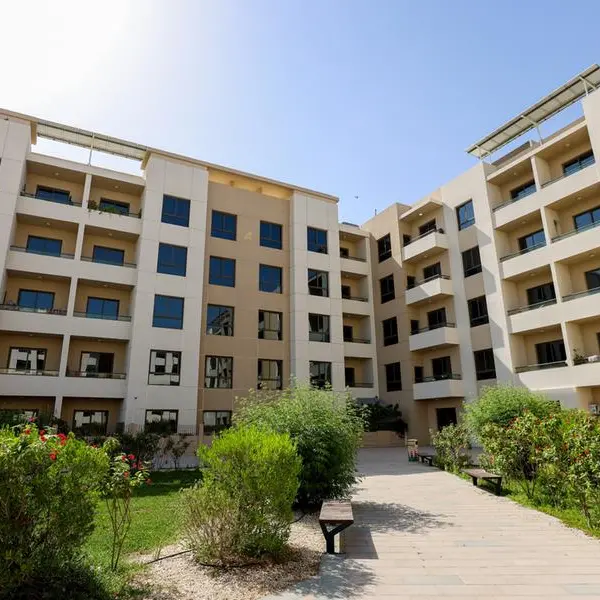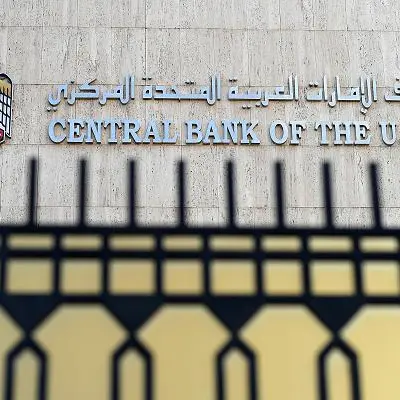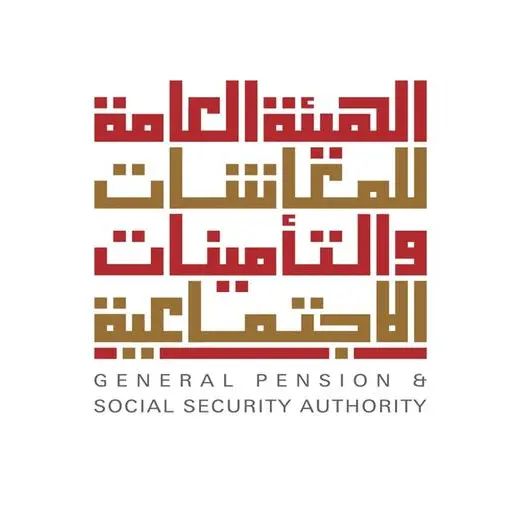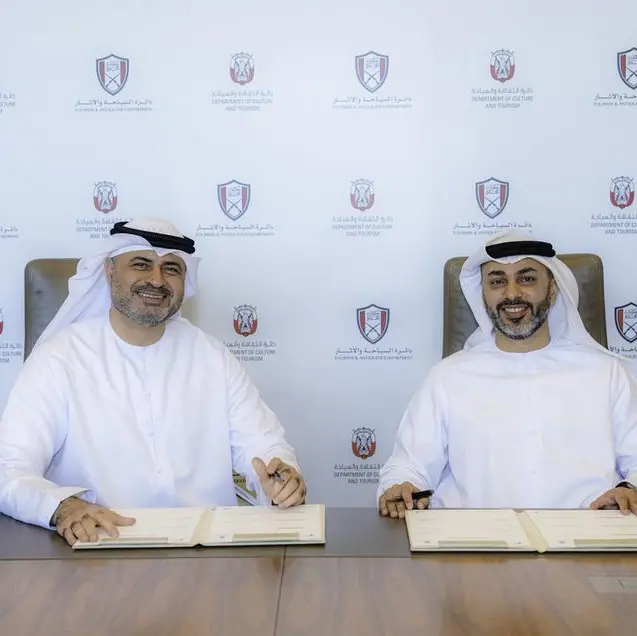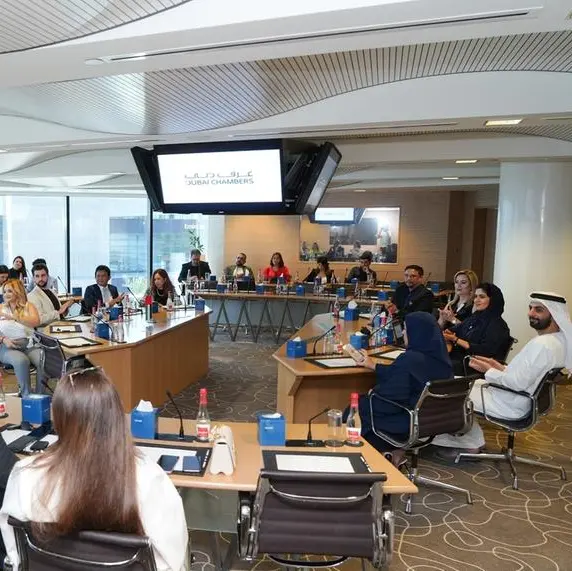PHOTO
Mohammad Al Mualla:
- The National Higher Education Institutions Classification Framework is another big leap by the Ministry to strengthen the country's global position as an epicenter for higher education
- The new Framework will enable students to select higher education institutions that align with their interests and academic strengths.
- The framework was developed based on fair, transparent, and measurable criteria within a comprehensive evaluation process
Subtitles:
- Cluster of research higher education institutions were classified based on four pillars: research and innovation, teaching quality and student life, employment and labour market alignment, and international collaboration.
- Cluster of research higher education institutions were classified in four groups based on key performance indicators falling under the assessment pillars.
- Phase One of the Framework includes ranking UAE-based universities in the Research Cluster category; the Non-research Cluster category ranking will be revealed in Phase Two.
United Arab Emirates: In line with its ongoing efforts to advance higher education in the UAE, the Ministry of Education (MoE) has introduced the National Higher Education Institutions Classification Framework, approved by the UAE Cabinet. Based on the new Framework, MoE-licensed higher education institutions (HEIs) will be ranked based on clear and fair criteria that align with the UAE’s vision and priorities.
His Excellency Dr. Mohammad Al Mualla, Undersecretary for Higher Education Academic Affairs at the Ministry of Education, noted that the National Higher Education Institutions Classification Framework is a new crucial leap by the Ministry to strengthen the country's global position as an epicenter for higher education. He pointed out that the framework enables students to select HEIs that align with their interests and academic strengths while encouraging universities to improve their competitiveness and attract international students from all over the world, through fair, transparent, and measurable assessments.
His Excellency Dr. Al Mualla added: “Working on the development of the framework has spanned six years, in collaboration with relevant entities. Ministry teams have conducted standard comparisons with internationally accredited university ranking systems. Communication with relevant local parties, including local HEIs, was prioritised to ensure alignment with the national vision and priorities. Additionally, the Ministry of Education coordinated with HEIs to complete two trial phases to ensure the framework’s flexibility, clarity, and neutrality of standards. Classifications will be updated annually, starting from this year.”
In line with the world’s best practices in higher institutions ranking, MoE-licensed HEIs in the UAE were classified into two categories: the first is the Research Cluster, which encompasses HEIs that offer postgraduate studies alongside bachelor studies. The second category is the Non-research Cluster; it includes HEIs providing bachelor’s (or lower) studies only. The new Framework does not encompass HEIs established within the last five years, those exclusively offering master's and doctoral programmes, or universities with revoked or suspended licenses.
Based on this classification, in the initial phase of the National Higher Education Institutions Classification Framework, HEIs were assessed across four primary pillars: research and innovation (35%), teaching quality and student life (35%), employment and labour market alignment (20%), and international collaboration (10%). The MoE will announce the assessment pillars for Non-research Cluster HEIs in Phase Two of the Programme. Based on the new Framework, MoE-licensed HEIs into four groups. Each group is defined through key performance indicators that fall under the pillars.
Based on the ranking results, the American University of Sharjah, the United Arab Emirates University, Khalifa University, Mohammed bin Rashid University of Medicine and Health Sciences, and New York University Abu Dhabi were ranked in ‘Group 1’.
The MoE ensures neutrality, fairness, and transparency in classifying HEIs by gathering data from multiple sources, including HEIs’ data, data from official entities in the country, data from reliable international bodies, in addition to students, employees, employers, and alumni’s surveys. The new Framework provides HEIs with clear tools they can utilise to review and amend their ranking if needed. The data is subject to audits and reviews yearly.
-Ends-
For further information, please contact:
Maher Al Bash
Weber Shandwick
E: MAlbash@webershandwick.com
Rawad Khattar
Weber Shandwick
E: RKhattar@webershandwick.com
Sara Abuhassira
Weber Shandwick
E: SAbuhassira@webershandwick.com
